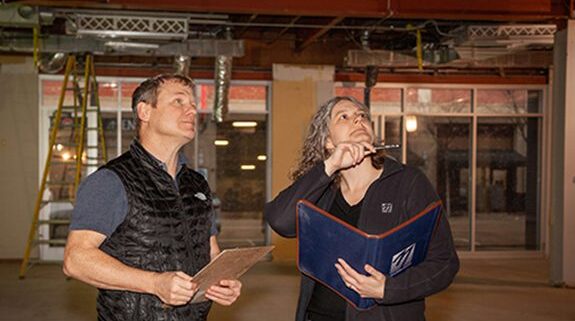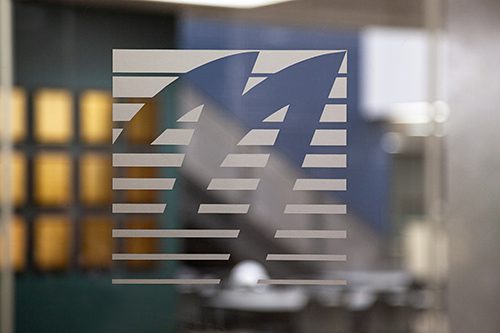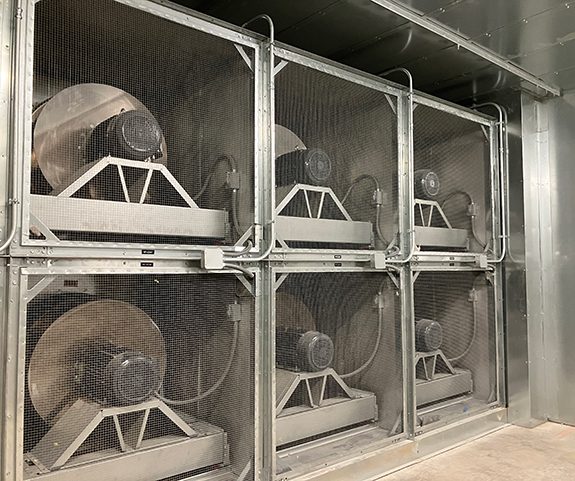In the world of real estate and facilities management, few decisions carry more long-term weight than what to do with aging HVAC, plumbing, electrical, and building automation systems. Do you retrofit and squeeze out a few more years? Or do you bite the bullet and replace the system entirely?
The answer isn’t always clear-cut—but with the right capital planning strategy and a compelling financial case, you can make the right call and get buy-in from the C-suite.
The Retrofit vs. Replace Dilemma
Let’s start with the basics:
- Retrofit: Upgrading system components (like controls, coils, or transformers) to extend the life of an existing system.
- Replace: Full system upgrade—often involving new equipment, ductwork, piping, wiring, and controls.
Retrofits are typically less expensive upfront and can be completed with minimal disruption. But they may not deliver the energy efficiency, IAQ improvements, or decarbonization benefits that newer systems offer.
Replacements, on the other hand, come with higher capital costs but can unlock long-term savings, rebates, utility incentives, and decarbonization benefits—especially when paired with electrification or smart building tech.
How to Capital Plan for the Future
Aging systems don’t fail all at once—they decline gradually. That’s why a capital plan is essential. Here’s how to build one that’s both realistic and finance-friendly:
Conduct a Full HVAC, Plumbing, and Electrical Asset Assessment
Start with a detailed inventory of all assets across your portfolio. Include:
- Equipment age and industry-accepted expected service life
- The criticality of the system to building operations and the spaces served by that system
- Compliance with current codes
- Performance deficiencies or condition issues
- Energy performance relative to current standards
- Maintenance history
Use this to create a risk matrix: Which systems are most likely to fail, and which pose the greatest operational or financial risk?
Model Life Cycle Costs—Not Just CapEx
Finance teams care about total cost of ownership (TCO). So, show them:
- Projected maintenance and energy costs over 10 years
- Downtime risk and potential revenue loss
- Utility incentives or tax credits for replacements
- Carbon reduction metrics (especially if your company has decarbonization goals)
Tools like net present value (NPV) and internal rate of return (IRR) can help quantify the long-term value of replacement vs. retrofit.
Phase Projects Strategically
Don’t try to do everything at once. Instead, create a scoring system that objectively prioritizes the projects based on risk to facility operations and then plan the projects over the capital plan life cycle based on project score and required capital.
This phased approach smooths out capital spending and aligns with budget cycles.
How to Convince Finance to Spend the Capital
Even with a solid plan, getting the green light from Finance can be tricky. Here’s how to make your case:
Speak Their Language
Avoid technical jargon. Instead, frame your proposal in terms of:
- Return on investment (ROI)
- Payback period
- Risk mitigation
- Operational continuity
For example: “Replacing this rooftop unit will reduce energy costs by 22%, with a five-year payback and a 12% IRR.”
Tie it to Business Goals
Link system upgrades to broader company objectives:
- Sustainability: “This project helps us meet our 2030 carbon reduction targets.”
- Tenant satisfaction: “Improved IAQ can boost tenant retention and lease rates.”
- Compliance: “This keeps us ahead of ASHRAE and local code changes.”
Show the Cost of Doing Nothing
Sometimes, the strongest argument is what happens if you don’t act:
- Emergency repairs cost three to five times more than planned replacements
- Unplanned downtime can disrupt operations, reduce operating revenue, or violate lease agreements
- Aging systems can hurt sustainability goals or compliance with greenhouse gas emissions limits
Final Thoughts
Retrofit or replace? It’s not just a technical decision—it’s a strategic one. With a smart capital plan and a finance-savvy pitch, you can make the right call for your buildings, your budget, and your bottom line.
GBA has helped numerous clients craft powerful, practical capital plans. Contact us to initiate a discussion about facility assessments and capital planning.
Source: Douglas Frey, PE, LEED AP, Vice President



